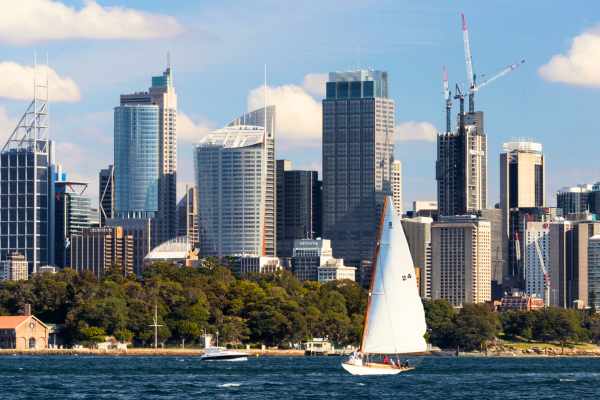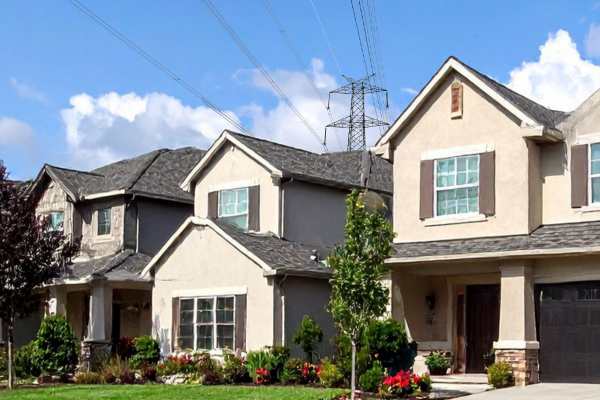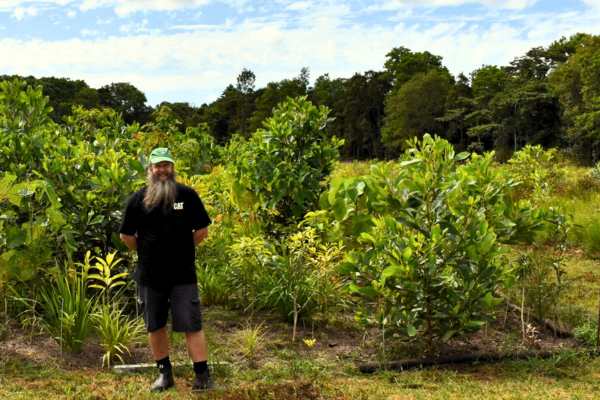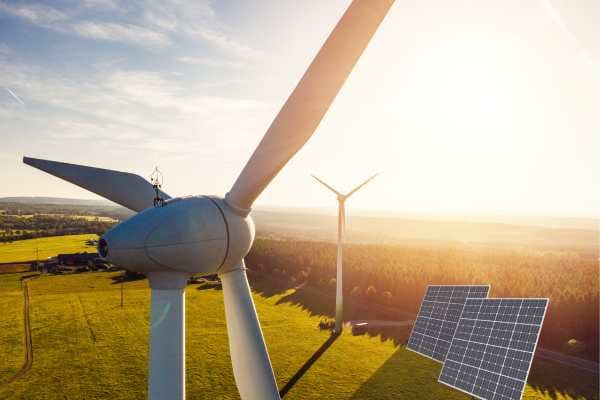Cleaner power to the people
Can these new initiatives extend the reach of renewables and EVs into Australia’s apartment blocks?

Access to rooftop solar and electric vehicle charging still favours house owners, excluding millions from the energy transition.
Recent analysis from CarbonBrief revealed that for the first time, China's investment in clean energy has put the nation's CO2 emissions into reverse as it emerges as a world leader in the renewable energy transition.
During the first quarter of 2025 it installed a record 60 gigawatts of new solar photovoltaic capacity, with growth expected to continue according to researcher Rystad Energy.
Meanwhile in Australia, where the number of apartment-dwellers continues to rise, funding and technology initiatives are finally rolling out to address some of the structural barriers holding back widespread clean energy adoption here.
According to NSW Climate and Energy Action, less than 2 per cent of apartment buildings in the state currently have solar systems installed. It says its recently announced $25 million Solar for Apartment Residents program in NSW was established to address this gap with applications now open until December 1.
“This program removes the barriers to renewable energy for units and apartments, making it easier and more affordable to adopt solar.”
Co-funded by the federal and state government, the scheme offers up to 50 per cent of installation costs of shared rooftop solar photovoltaic (PV) systems, capped at $150,000 per project. It is open to residential owners corporations and strata management groups and is expected to help residents save up to $600 each on their energy bills annually.
“Solar should be available to everyone,” said NSW Minister for Climate Change and Energy Penny Sharpe. “This program removes the barriers to renewable energy for units and apartments, making it easier and more affordable to adopt solar.”
A similar initiative to support the installation of solar in apartments, units and townhouses was launched last year in Victoria with funding applications extended until February this year.
During the first round of the program, Solar Victoria says it received more than 400 applications spread across metropolitan Melbourne with more than half of approved applications occupied by renters.
EV charging
Another area where an estimated four million residents in strata housing are penalised is through a lack of onsite access to EV charging infrastructure.
Addressing this issue, Australian clean tech company NOX Energy last month announced availability of a plug-in charging system called the Intelligent Power Socket (IPS), that allows strata buildings to sidestep the need for major infrastructure upgrades.
With the cost of rapid charging stations too high for most apartment complexes, NOX says its IPS can be installed by a licensed electrician, enabling it to deliver over 100 installable units for the price of one traditional rapid charger.
“As an Aussie company, our goal is to democratise access to eMobility charging,” NOX Energy Co-Founder Wylie Chak said. “We’re removing the barriers that have historically prevented apartment dwellers from embracing electric vehicles, e-bikes and e-scooters.”
NOX says it is already trialling the technology with strata communities, tourism operators, and government agencies.
Powering community
Another segment of the country that often misses out on cleaner energy are community and not-for profit organisations in regional areas.
Aimed at plugging this gap is a $650,000 national grant program administered by the Foundation for Rural & Regional Renewal (FRRR) with a focus on regional areas of Australia.
The Community Led Climate Solutions fund aims to back initiatives that cut emissions, support climate adaptation, and build local resilience. FRRR says not-for-profit groups can now apply for up to $75,000 for local emissions-reduction projects with expressions of interest due by May 22.
“Every place is different. That’s why we have kept the guidelines for this program broad – enabling not-for-profits to seek support for the project that will be right for their context, their climate and their community,” Climate Solutions Portfolio Lead Sarah Matthee said.
FRRR was established in 2000 to boost the social and economic strength of Australia’s remote, rural and regional communities. It says a previous grant recipient, Yackatoon Retirement Village, installed a 25kW solar array and 27kWh of batteries on the Village’s communal hall facility and main office. In addition to reducing costs and C02 emissions, the system also provides backup power during main grid outages, such as during disasters or heatwaves.





